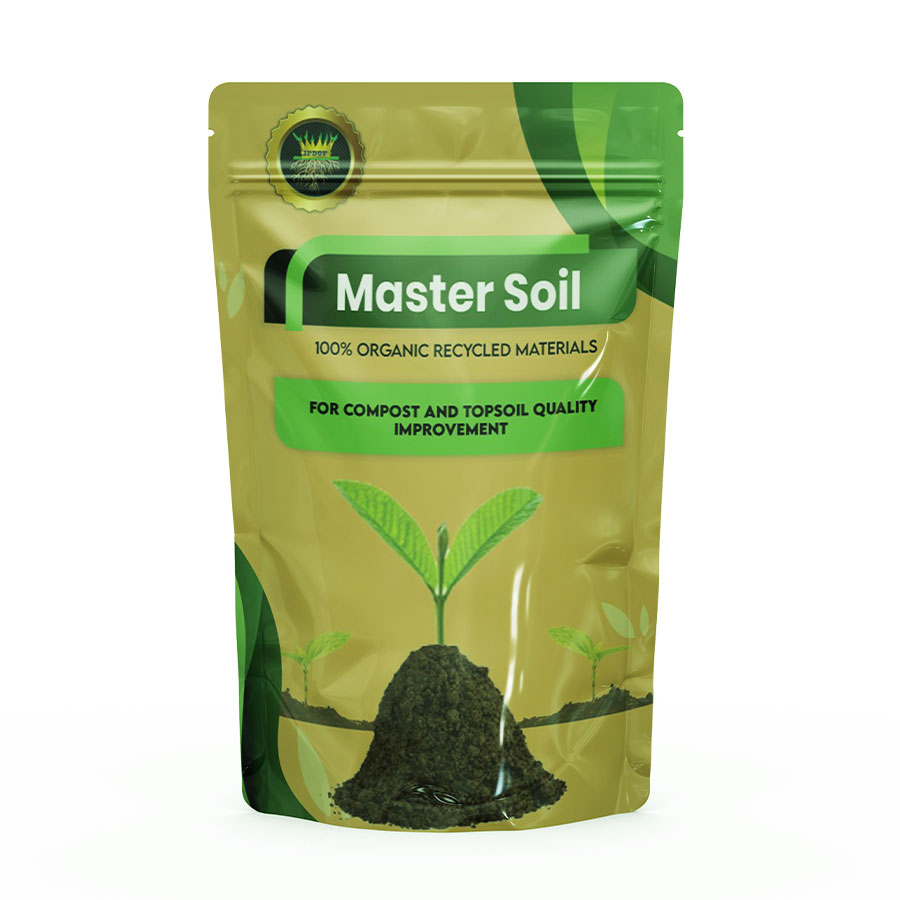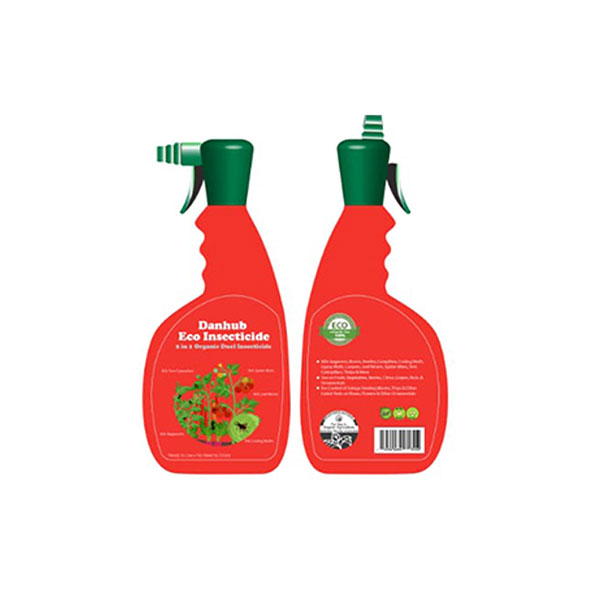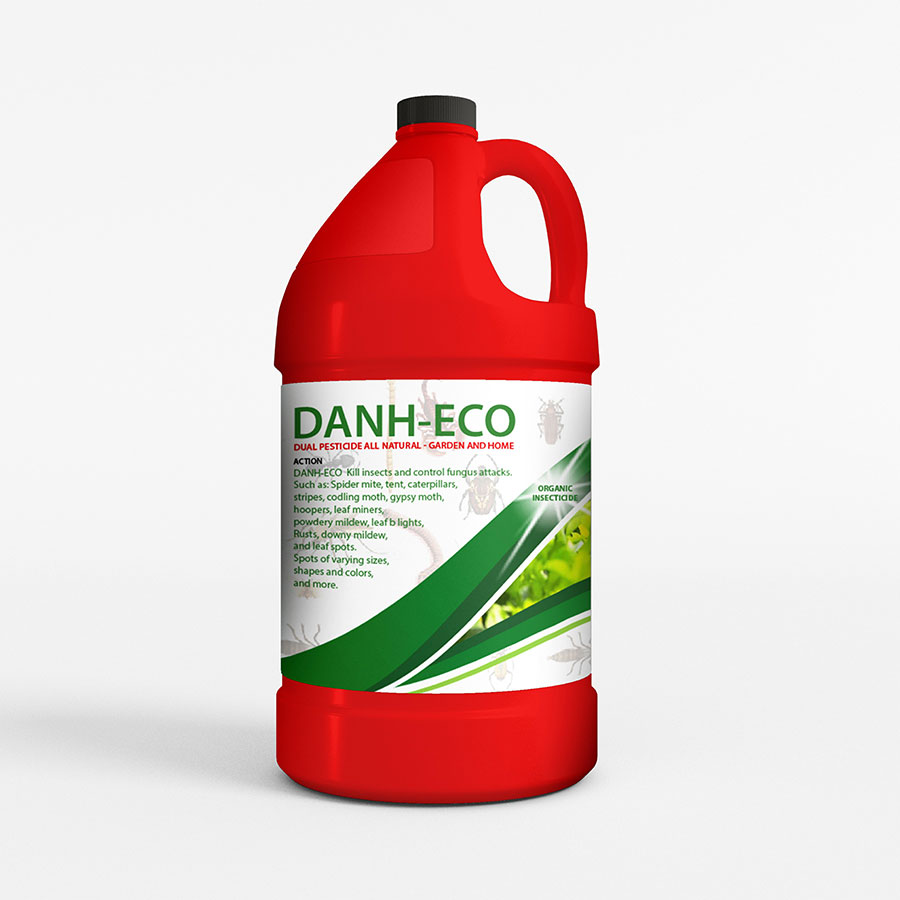What You Need to Know About
A Complete
Presentation Of
Environmental
And Farming Solutions
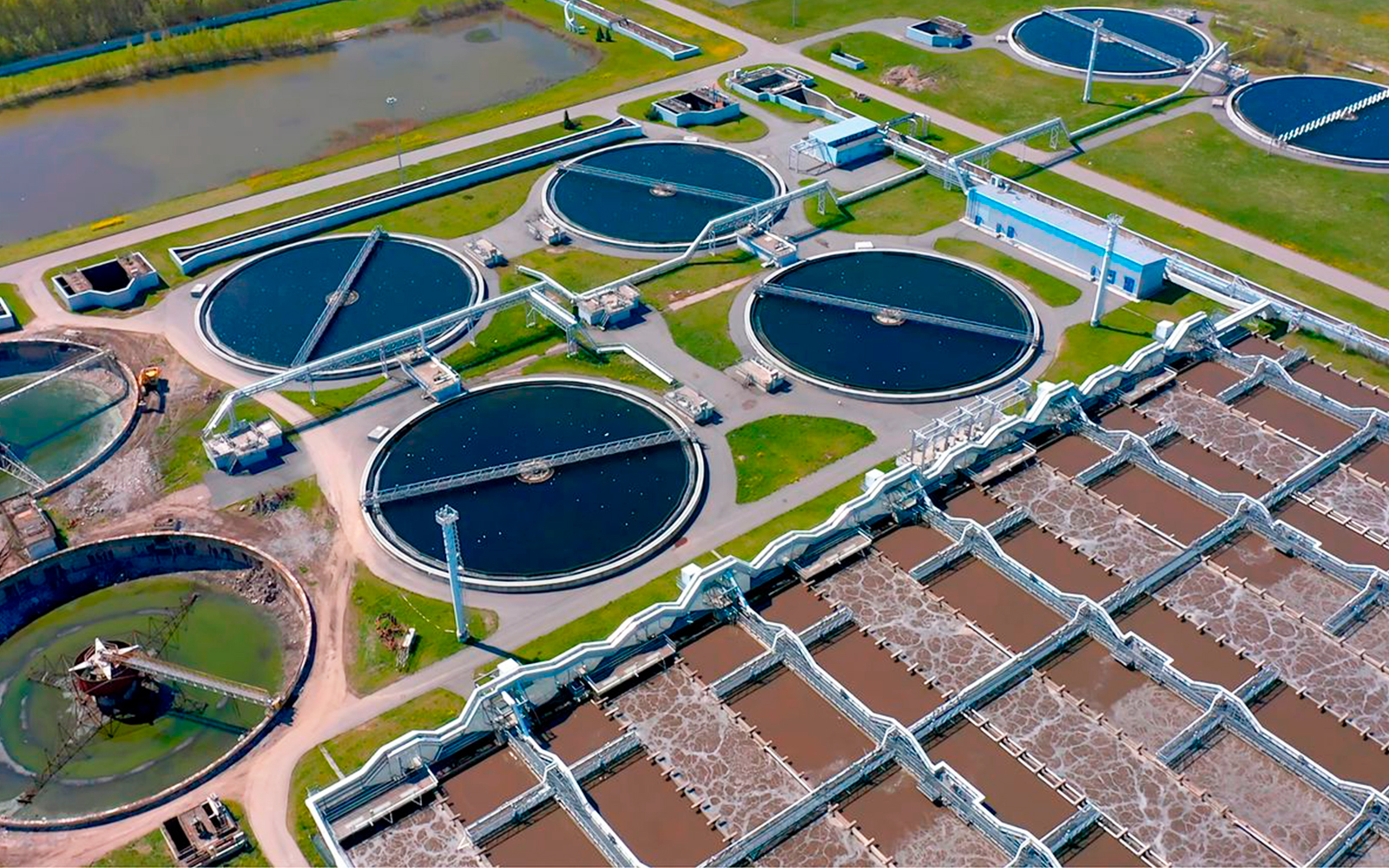
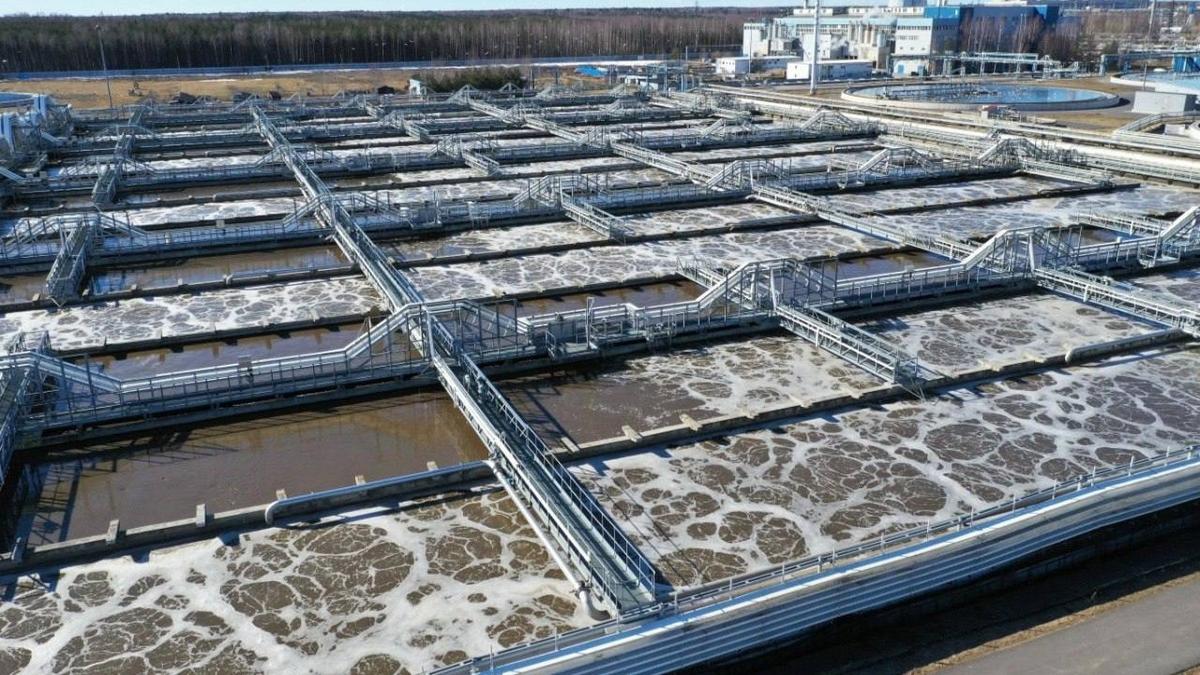
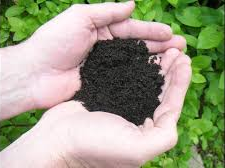
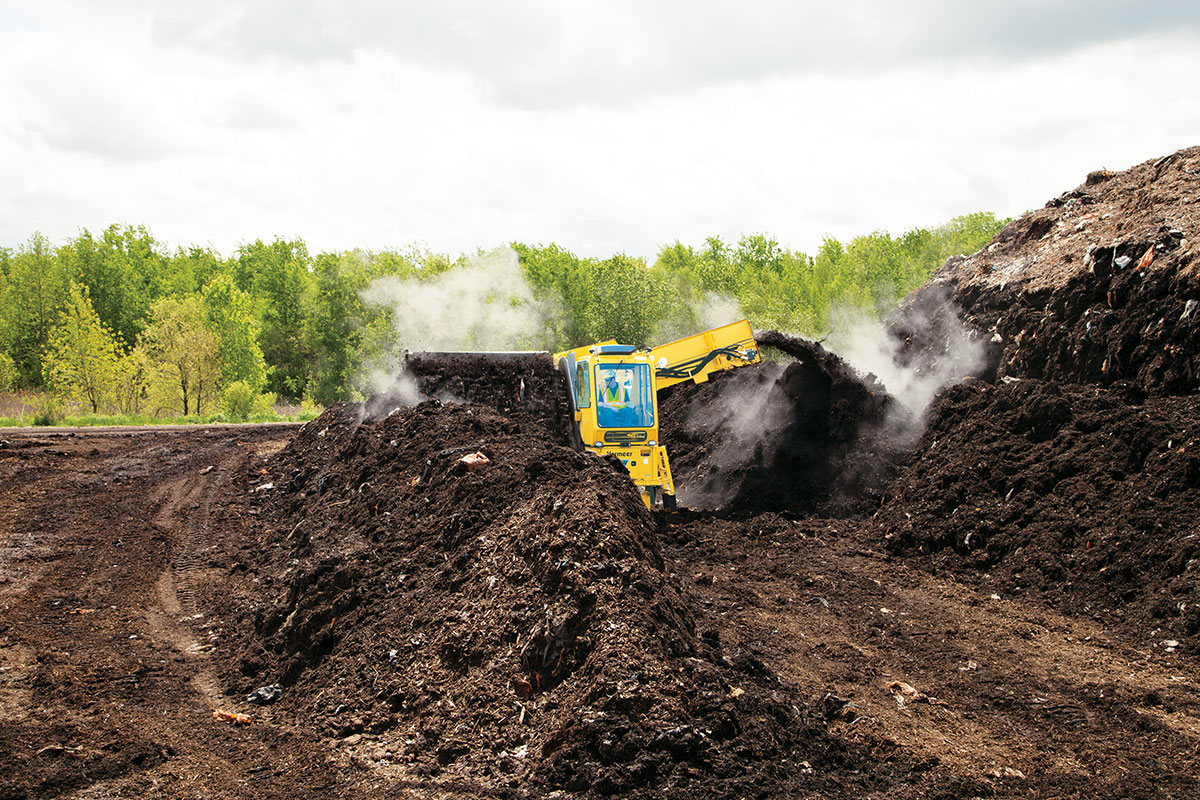
Our Specialized Services
At All PFAS Solutions, we are committed to enhancing environmental sustainability and agricultural efficiency through our three core services. We specialize in removing harmful PFAS chemicals from sewage sludge and biosolid that can be turned into healthy compost. Removing harmful odors in the livestock industry and recycling plants. As well as producing high-quality organic fertilizers and organic pesticides on quote. Our solutions are designed to address critical environmental concerns and support sustainable farming practices.
About Us

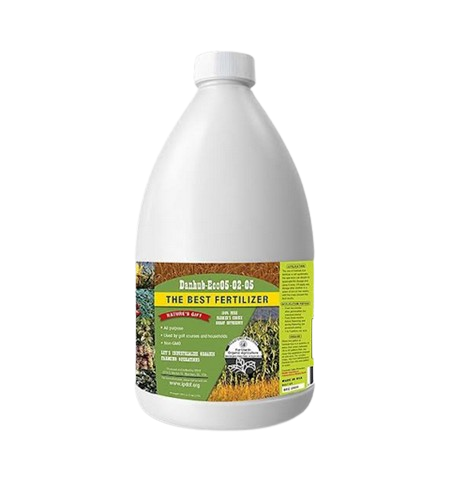

Our Services
We Offer

RECYCLING LIVESTOCK WASTE TO OBTAIN NITROGEN FIXER COMPOST

ANTI-PFAS
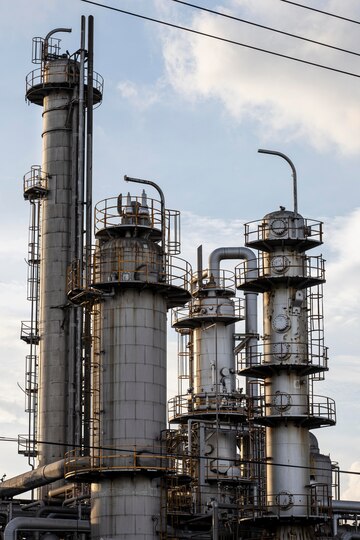

why (PFAS)
The persistence of PFAS in the environment and human body raises significant health and environmental concerns. Because these chemicals do not break down easily, they can accumulate in soil, water, and living organisms over time. This accumulation can lead to widespread contamination and pose serious risks, such as:
Uses
- Health Risks: Exposure to PFAS has been linked to a range of health issues, including liver damage, thyroid disease, immune system effects, and increased risk of certain cancers. These risks are particularly concerning as PFAS can accumulate in the human body and persist for years.
- Environmental Impact: PFAS contamination can affect ecosystems by altering soil and water quality, which impacts plant and animal life. Contaminated water sources can harm aquatic life and potentially enter the food chain.
ANTI (PFAS)
The ANTI- PFAS is the solution we addressed to the following description and are looking of our invention prior to set it available for the public.
PFAS are man-made chemicals that have been used in industry and consumer products worldwide since the 1940s. They have been used to make nonstick cookware, water-repellent clothing, stain resistant fabrics and carpets, some cosmetics, some firefighting foams, and products that resist grease, water, and oil.
The most commonly studied PFAS are perfluorooctanoic acid (PFOA) and perfluorooctane sulfonic acid (PFOS). The next most commonly studied are perfluorohexane sulfonic acid (PFHxS), and perfluorononanoic acid (PFNA). PFOA and PFOS have been phased out of production and use in the United States, but other countries may still manufacture and use them.
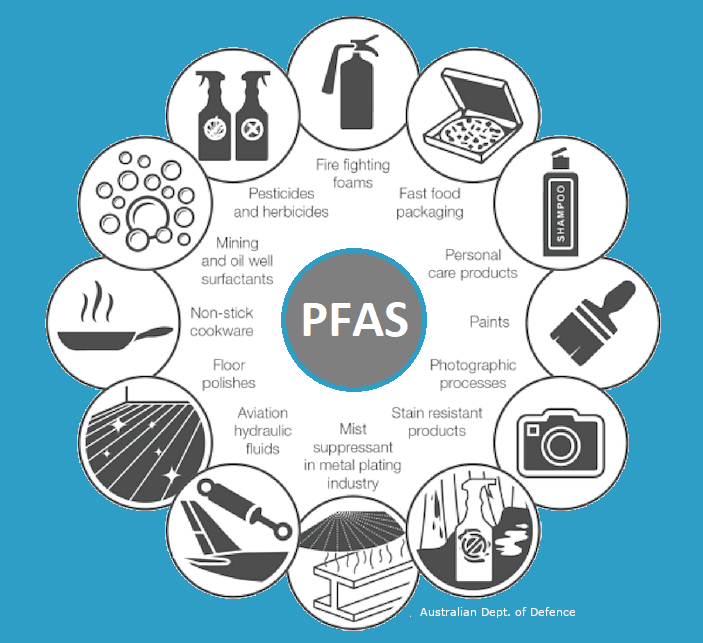
A DISRUPTION OF OLD SCHOOL FARMING
Our Tools
MASTER FEED
Organic Livestock Feed Supplement
MASTER SOIL
Bio Compost
DANH-ECO
Organic Insecticide & Fungicide
DANHUB-ECO
Organic Fertilizer










